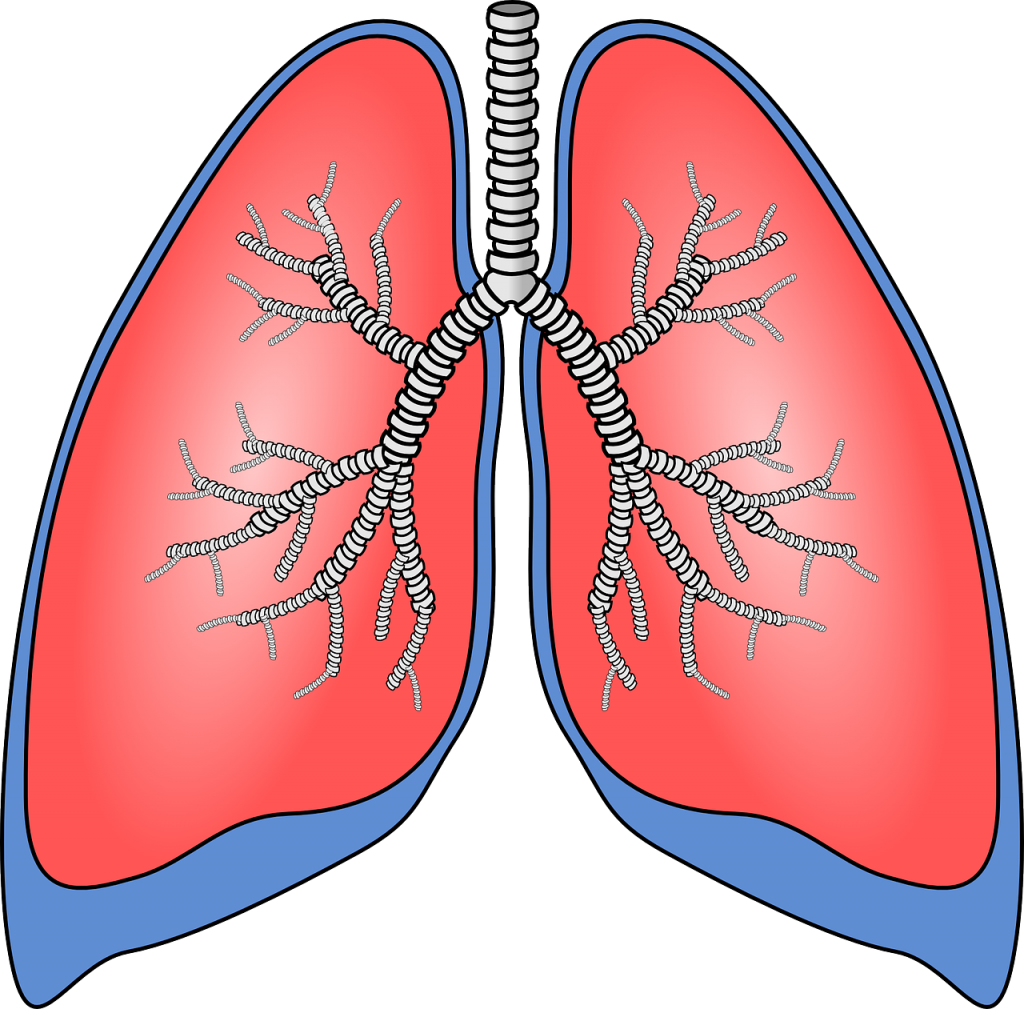Can anyone learn to sing?
ByMonika_W
Can anyone learn to sing? Do you need a special talent to master singing technique? Is it possible for you to learn singing if you don’t have a ‘natural’ singing voice?
These and similar questions are common amongst beginner singing students. For some reason, it is a popular belief that knowing how to sing is some kind of superpower only available to those gifted with a ‘natural’ talent. So, many beginner students doubt they can learn to sing if they weren’t born with a ‘natural singing voice’.
This misleading notion couldn’t be further from the truth, because anyone can learn to sing at any age and vocal ability!
A passion for music and singing is certainly helpful in learning to sing. After all if you don’t like it, why would you want to subject yourself to singing lessons in the first place? However, whilst genuine interest in music and singing are indeed a prerequisite for becoming a singer, having ‘natural singing talent’ is not!

Anyone can become a good singer! Yes, this means you too! And if you are reading this thinking you are an exception to this rule, I will be happy to prove you wrong during just one singing session! Only people with an actual physical impairment preventing them to hear / produce sound and who are genuinely tone deaf will be unlikely to master the art of singing. The rest of us can absolutely learn to sing and improve our vocal technique.
So, how can anyone learn to sing and what is the ‘prescription’ for becoming a good singer?
The mechanics of singing are often underestimated but knowing the basic fundamentals of good singing practice can make a lot of difference in your quest to becoming a good singer. The basic foundations for all good singing are:
Good posture
Comfortable diaphragmatic breathing technique
Tailored singing exercises
Knowing how to maintain a healthy voice
Regular practice
1. Posture
Your posture for singing can have a massive impact on the overall sound of your singing voice. It is also one of those ‘magic cures’ that can help to improve your singing in minutes! So, to make the most of your posture during singing, pay close attention to the position of your feet, knees, hips, abdomen, chest, shoulders, arms, hands and head.
your chin should be parallel to the floor
shoulders should be held back and slightly down with a relatively high chest, but never strained
abdomen should be firm without pulling your tummy in
knees should be flexible and never locked, as this will have an impact on other muscles that take part in providing adequate ‘support’ for your breath and sound
feet should be slightly apart with body weight placed a little forward

A great tip for practising good posture for singing is to:
Stand up with your back to the wall, placing your heels, calves, buttocks, shoulders and head against the wall
Place one hand on abdomen while breathing to ensure the abdomen is expanding and relaxed
Step away from the wall and repeat the exercise whilst maintaining the same correct posture
Correct posture is vital for building solid foundations for good singing technique. If your posture is correct, your air flow will improve, tension will lessen, and your singing notes will become much stronger.
The benefits of ‘standing tall’ are vast and don’t just apply to singing, but will also help you in many other areas of life, including boosting your overall confidence levels.

2. Diaphragmatic breath control
Breath control, or lack of it, has a considerable impact on the way you sound during singing. The technique and quality of your exhale are vital because it is the exhale that controls the volume, the pitch, and the vibrato. It makes the whole sound ‘come together’, or in the case of incorrect breathing – fall apart. But what exactly is ‘diaphragmatic breath control’ and how do we do it?
In simple terms, diaphragmatic breathing is a deep breath that makes our rib cage expand. The opposite of diaphragmatic breathing is shallow breathing, which only makes your chest go up and down. This form of breathing is usually associated with tension, stress, anxiety, and is the least beneficial form of breathing. Diaphragmatic breath is a relaxed, deep breath that feels ‘full’, but without the sensation of over-breathing.
This type of breath control has a lot of benefits, not just for singing, but for well-being in general because it helps to:
relax and lower the harmful effects of the stress hormone, cortisol
lower your heart rate
lower your blood pressure
help you improve the stability of your core muscles
What’s the best exercise to learn the correct diaphragmatic breathing technique?
Harvard Health Publishing suggests the following proven method:
Lie on your back on a flat surface with your knees bent. You can use a pillow under your head and your knees for support, if that’s more comfortable.
Place one hand on our upper chest and the other on your belly, just below your rib cage.
Breathe in slowly through your nose, letting the air in deeply, towards your lower belly. the hand on your chest should remain still, while the one on your belly should rise.
Tighten your abdominal muscles and let them fall inward as you exhale through pursed lips. The hand on your belly should move down to its original position.
You can also practise this sitting in a chair, with your knees bent and your shoulders, head, and neck relaxed. Practise for 5-10 minutes, several times a day if possible.
Once you know how to breathe diaphragmatically, you can then start working on ‘strenghtetining’ your breath and making it more steady and controlled.
Some good exercsies for practising breath control are:
quick, efficient inhales
slow exhales, e.g. breathing out through a straw in a slow, consistent manner
exhales whilst making a variety of sounds, including lip trills, or hissing sounds without changing the volume
staccato sounds on ‘ha’ or’s’
3. Singing exercises / warm ups
Just like you probably wouldn’t run a marathon without doing some preparation first, you shouldn’t expect your voice to perform at its best without getting it suitably warmed up. Vocal cords are muscles, so to get the most out of them (whilst avoiding injury) a singing warm up is an absolute must! A good vocal warm up consists of various exercises and may include:
– Cheek massage
– Tongue stretches
– Jaw muscle exercises, e.g. yawning and sighing
– Shoulder and neck stretches
– Lip trills / lip bubbles
– Sirens
– Tongue trills
– Humming
– Scales – to warm up both the upper and lower voice
– Vocal flexibility exercises


